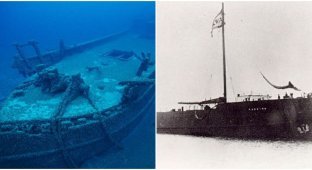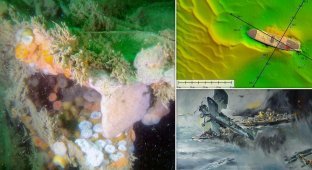25 ancient shipwrecks that marine archeology can tell us about (26 photos)
Sunken ships can tell stories about the goods that were traded and the wars that people fought centuries ago. We invite you to take a look at the ancient shipwrecks found around the world. 
1. Marsal ship - fragments of a Carthaginian ship that sank during the First Punic War 
The Punic Wars wreck, approximately 2,300 years old, was discovered in 1969 near the town of Marsala on the west coast of Sicily. The ship was built in the city of Carthage on the territory of modern Tunisia. The Carthaginians fought the Roman Republic and their city was eventually destroyed by the Romans. The vessel, about 35 meters long, is well preserved. A small number of artifacts were recovered from the shipwreck, including a spearhead, an anchor, and ballast stones.
2. Rhine Roman troop transport ship 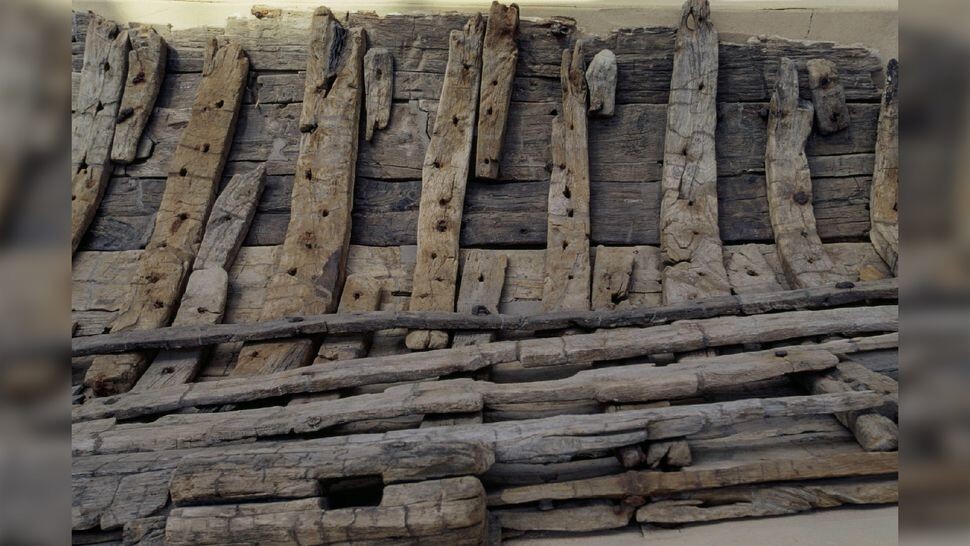
The Roman Empire controlled a vast territory stretching from northern England to Syria. Its most important border ran through central Europe, including part of Germany. Over the years, many small ships used to transport troops have been discovered in the region. The example shown here dates from the fourth century AD and is made of oak. This vessel and other recovered vessels are on display at the Museum of Ancient Navigation in Mainz, Germany.
3. Ships of Lake Nemi 
Ships of Lake Nemi - two ships from 37-54. buildings that belonged to Emperor Caligula were probably used for religious purposes. Recovered from the bottom of Lake Nemi. The history of the study of ships began in 1444, when Cardinal Prospero Colonna ordered the study of the remains of ships with the help of divers. There is a temple to Diana, the goddess of wild animals, on the lake, but whether this has anything to do with ships is unknown. The remains of the ships were destroyed during World War II.
4. The sunken ship "Peristera" 
The sunken merchant ship Peristera is approximately 2,400 years old. It was found near the island of Peristera in the Aegean Sea at a depth of 20 meters. It contains about 4,000 amphorae, weighing from 28 kg to 37 kg each. This is clear evidence of the enormous cargo ships of that time could carry.
5. Canoe from Pesse 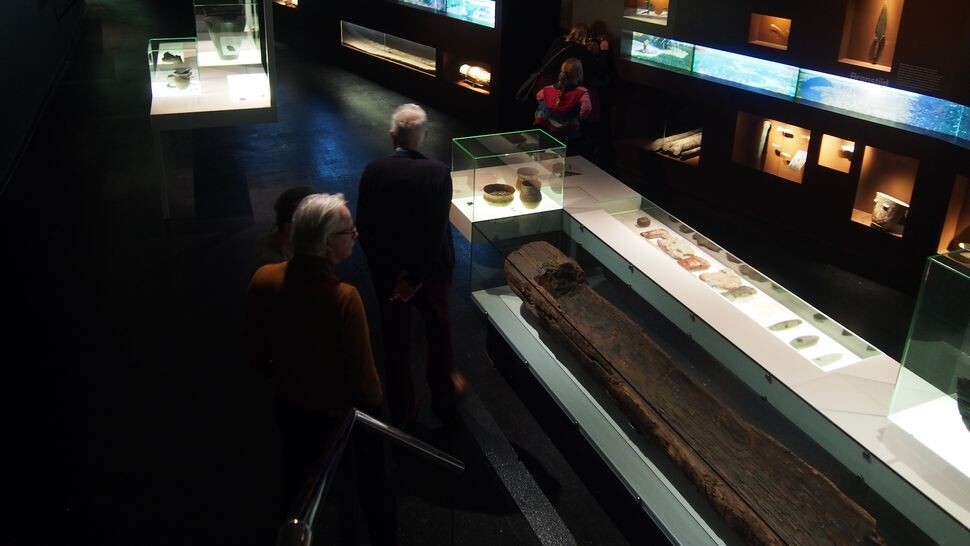
The Pesse canoe was discovered in 1955 near the village of Pesse in the Netherlands during construction of a motorway. According to the Drents Museum, it is about 10,000 years old and is the oldest surviving boat in the world. It is 3 m long and 44 cm wide and was cut out of a pine log with an ax. To prove that the item was used as a boat, an exact replica was created and successfully tested.
6. Ship off Dokos Island 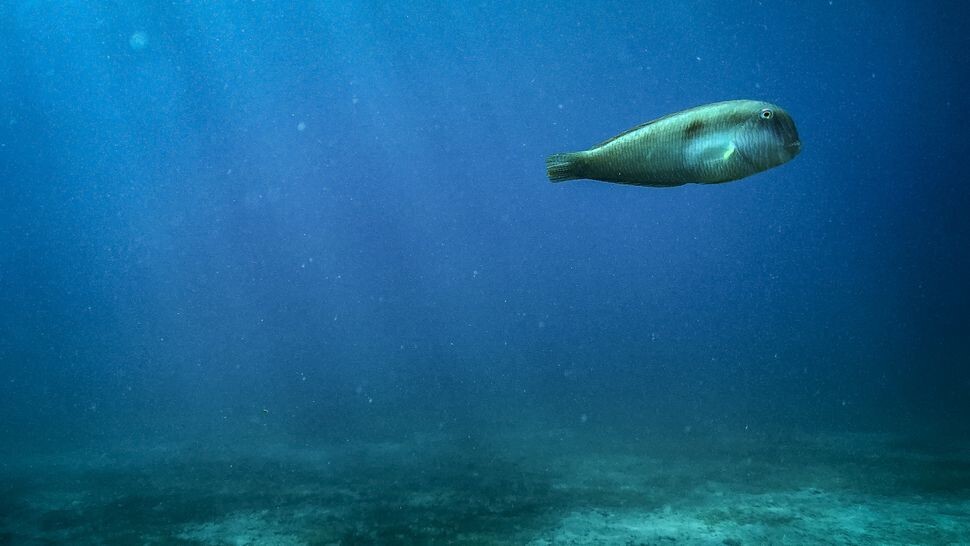
Discovered in 1975 off the island of Dokos in the Aegean Sea, the shipwreck contains a variety of pottery dating back approximately 4,500 years. The pottery found included cups, jugs, amphorae and bowls. No wooden remains of the ship were found, possibly because the ship was completely disintegrated.
7. Antikythera 
The shipwreck Antikythera, named after the island of Antikythera in the Aegean Sea, is approximately 2,000 years old. Discovered in 1901, it contains many artifacts, the most famous of which is the Antikythera Mechanism, a shoebox-shaped device that is sometimes called the world's oldest computer. The device could detect the movements of the sun, moon and five planets and even determine the timing of sporting events such as the Olympic Games. The wreck also contained the remains of statues, including at least one image of Hercules.
8. Boat from the Sea of Galilee 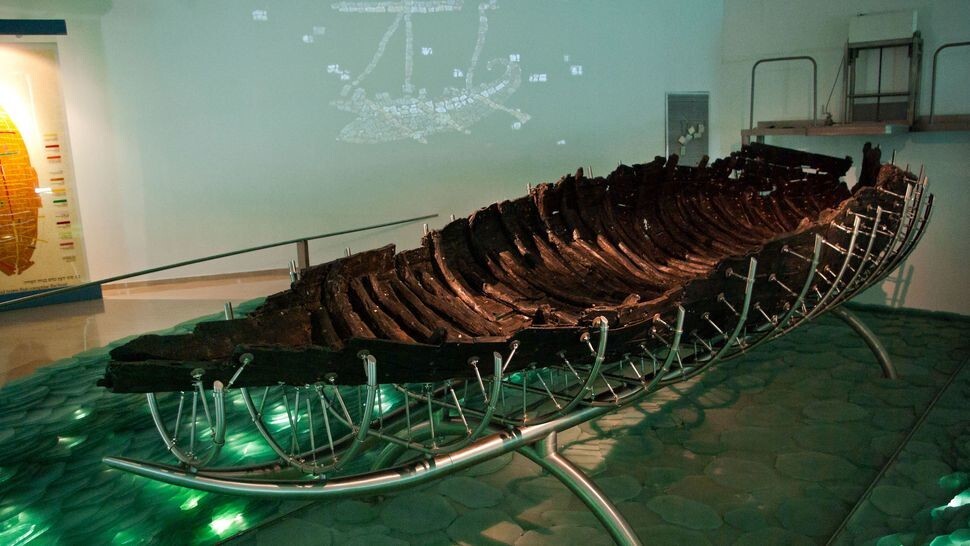
In 1986, the remains of a boat made approximately 2,000 years ago were discovered on the northwest coast of the Sea of Galilee, according to the Yigal Allon Center. Radiocarbon dating of the boat showed a period between 100 BC and 100 AD. The boat has been preserved and is now on display in the center. The Gospels say that Jesus and his disciples used boats to navigate the Sea of Galilee, and this vessel gives an idea of what they might have looked like.
9. 3000-year-old American Indian canoe 
In 2022, a 3,000-year-old dugout canoe was discovered in Lake Mendota in Madison, Wisconsin. It is about 15 feet long and was carved from a single piece of white oak, the Wisconsin Historical Society said in a statement. It was found just a year after a 1,200-year-old canoe was discovered in the same lake, the historical society noted. It is possible that there is a flooded Native American village near the place where the canoes were found.
10. Shipwreck off the coast of Chiessi 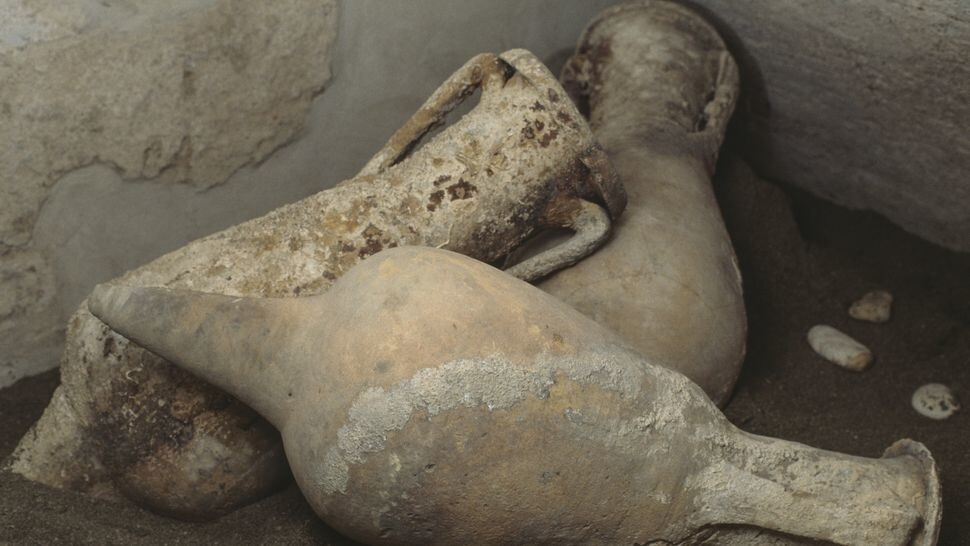
The shipwreck, which dates back about 2,000 years, was found off the coast of Chiessi, a village on the west coast of the island of Elba in Italy. On the ship there were 5-7 thousand amphoras - two-handled jugs, which, apparently, were made in Spain. Most of the cargo consisted of products made from salted fish, and a small number of amphorae carried olive oil.
11. Sunken ship with lead ingots 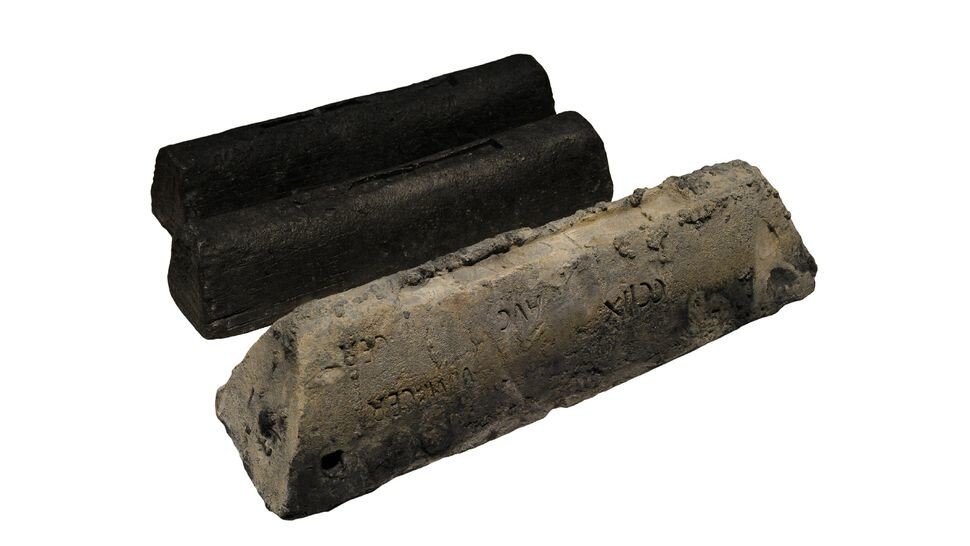
About 2,000 years ago, a Roman ship with a cargo of massive lead ingots sank in the Mediterranean Sea. The heaviest ingot weighs 68 kg, equal to about 205 Roman pounds, according to the University of Alicante. Markings indicate that the largest ingot belonged to a Roman emperor, possibly Nero. In addition, about 3,000 cans of fish sauce were loaded onto the ship. The length of the ship was about 32 m, and at the time of the sinking it was probably traveling from Cadiz to Rome.
12. Shipwreck near the village of Mahdia 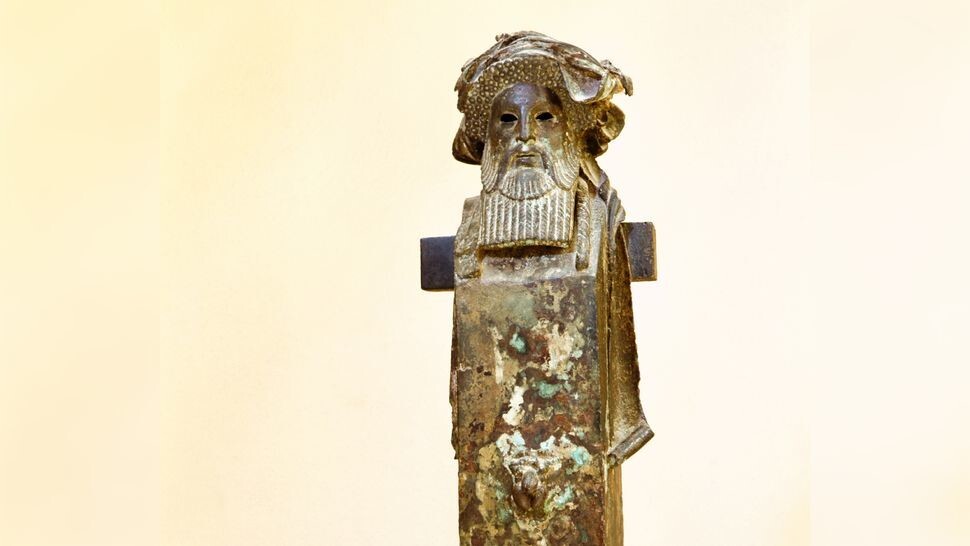
The ship sank off the coast of Tunisia about 2,100 years ago and was discovered by fishermen from the village of Mahdia in 1907. It contained numerous artifacts, including bronze and marble sculptures, 22 bronze beds, at least 60 marble columns, and an ornate candelabra. One particularly interesting artifact is a stela (a stone with carvings engraved on it) depicting Dionysus, the Greek god associated with wine and merriment.
13. Ses Fontanelles 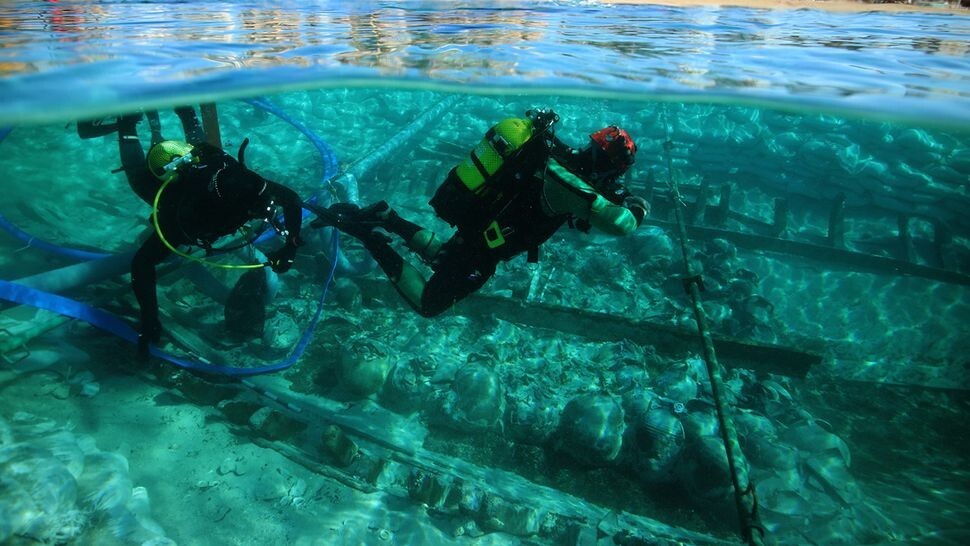
The ship Ses Fontanelles sank about 1,700 years ago near the Spanish island of Mallorca in the Mediterranean Sea. On board were approximately 300 sealed jugs, many of which were filled with anchovy fish sauce. Some jars contained vegetable oil, perhaps wine, olive oil, or olives mixed with vinegar. Some cans have a Christian monogram on them, indicating that they were sold by representatives of the Christian church. The find dates back to around the time of Constantine, the Roman emperor who legalized and eventually adopted Christianity.
14. Uluburun ship - a Phoenician ship that sank off Cape Uluburun 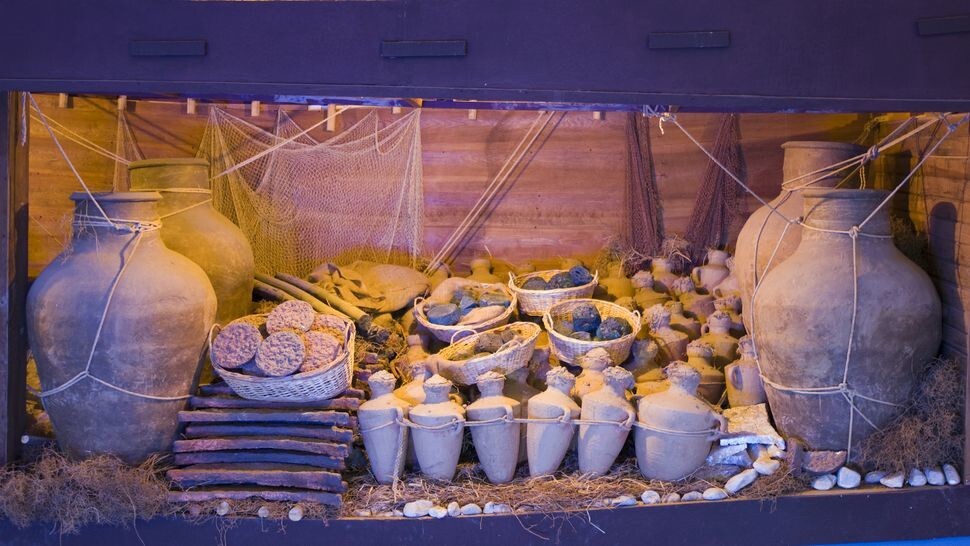
The ship was found in 1982 by Turkish sponge divers near the town of Kas, off the southern coast of Turkey. It is approximately 3,300 years old and transported large quantities of copper and tin ingots. The ratio of copper to tin in the wreck was 10:1, close to the ratio needed to make bronze. Other items include carved ivory vessels, gold jewelry, and semi-precious stones such as carnelian and agate. Weapons and musical instruments such as lutes were also discovered.
15. The Kyrenia ship is a Greek merchant ship that was shipwrecked off the coast of Cyprus in the 4th century BC. e. 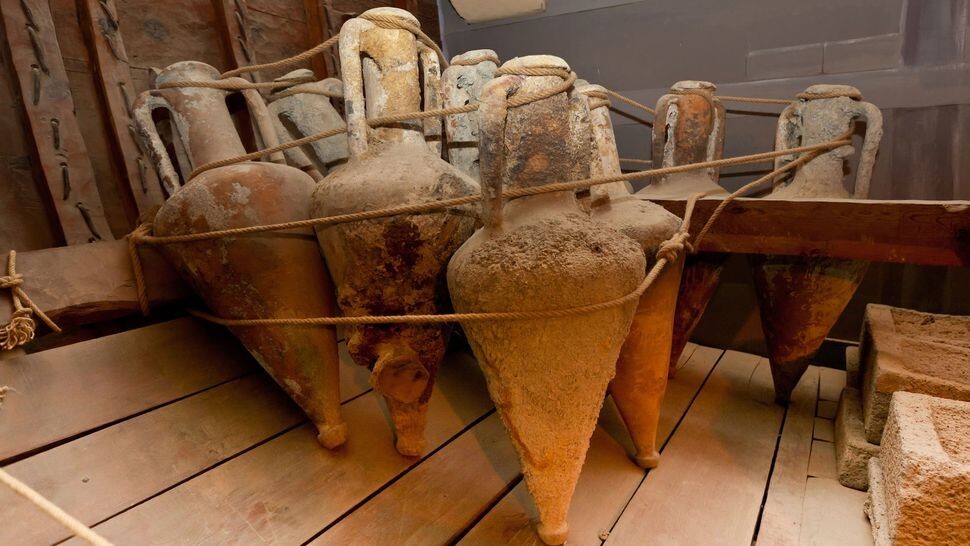
Discovered in 1965 off the northern coast of Cyprus, near the city of Kyrenia, the wreck dates back approximately 2,300 years. On board the ship there were up to 500 amphorae and 27 stones, which were used as ballast. Reconstruction of the hull suggests that the ship was approximately 14 m long. Fragments of lead were also found, and it appears that the ship's hull was coated with lead to protect it from marine life.
16. Phoenician shipwreck, Bajo de la Campana 
This ship sank about 2,700 years ago near the Bajo de la Campana off the southeast coast of Spain. The ship was used by the Phoenicians, a people who flourished in the Mediterranean from about 1500 to 300 BC. e. The ship's cargo included 10 elephant tusks, 28 small tin ingots and two copper ingots. Nuggets of galena (lead ore), pine cones and even wooden combs were found in the remains of the sunken ship.
17. Wreck "Mazarron 2" 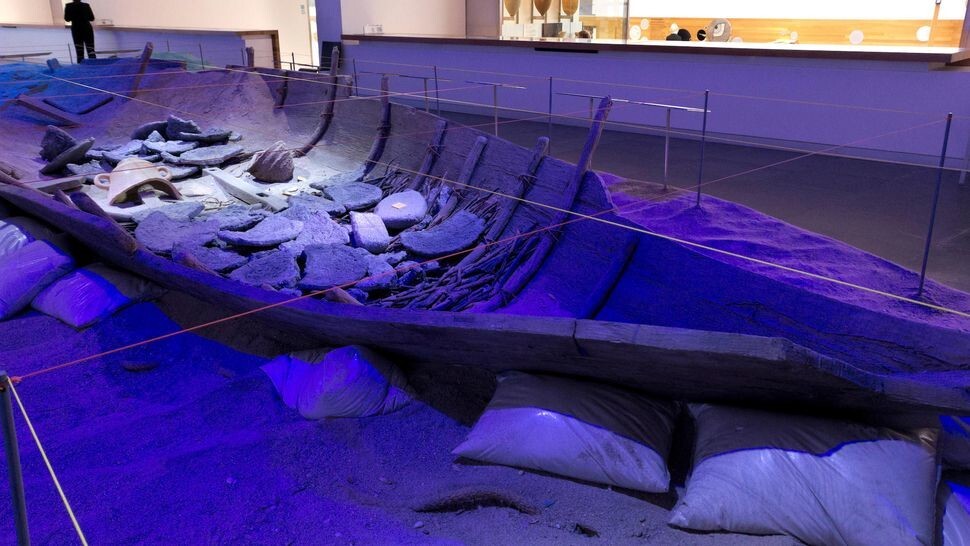
Discovered in 1995 off the southeastern coast of Spain, near the town of Mazarron, the Mazarron 2 wreck dates back approximately 2,700 years. The ship's cargo includes lead ingots, an amphora, and a hand grinder. A lead and wood anchor was discovered which is one of the earliest known examples of a manufactured anchor.
18. Ship "Maagan Michel" 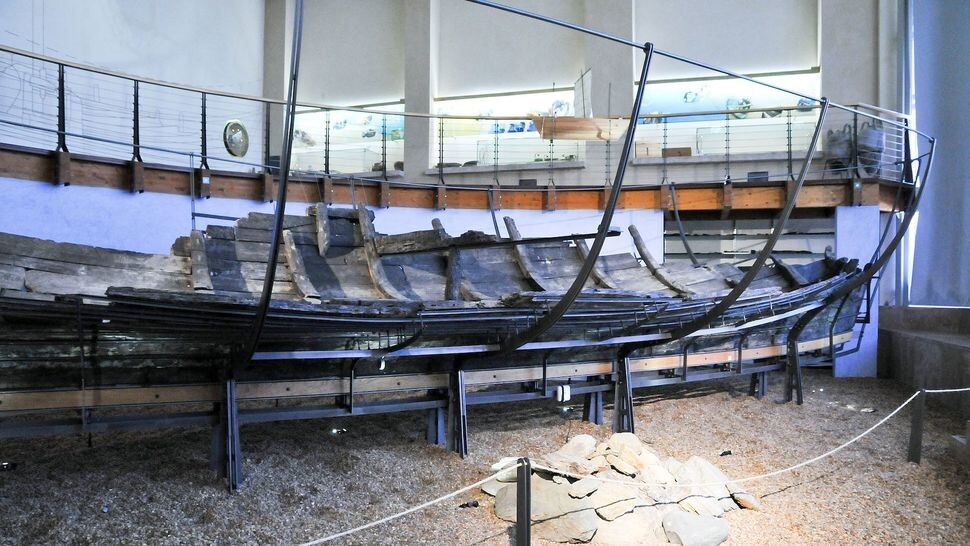
The ship was found near Kibbutz Ma'agan Mikhel in Israel. Its cargo, dating back about 2,400 years, included a set of wooden carpentry tools, 12 tons of stones and ceramic vessels, the Hecht Museum said. The ship, about 13 m long and 4 m wide, is well preserved. Apparently, the ship was washed ashore for some reason, and the crew did not return to it.
19. The Yortspring boat is the oldest boat discovered in northern Europe 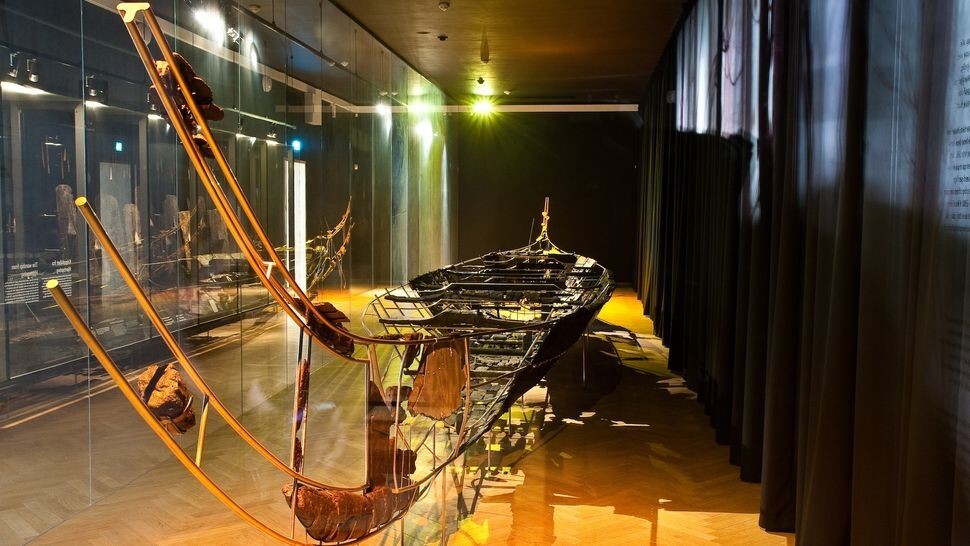
The boat was found in the Hjortspring bog in Denmark and is the oldest plank ship in Northern Europe. She is approximately 2,300 years old. The boat measures almost 20 m, weighs 530 kg and could carry 24 people with weapons and equipment. The boat planks are made of basswood, the oars are made of maple, and there are curved extensions at each end.
20. Kumluk ship 
The shipwreck, which dates back about 3,500 years, is located near the city of Kumluca off the southern coast of Turkey. Surveys conducted in 2019 and 2022 found that the wreck contained about 100 metal ingots, many of which were cemented together on the seabed. Also found were two disc-shaped lead weights, fragments of ceramics and small stones used as ballast.
21. Sunken Roman ship off the coast of Caesarea 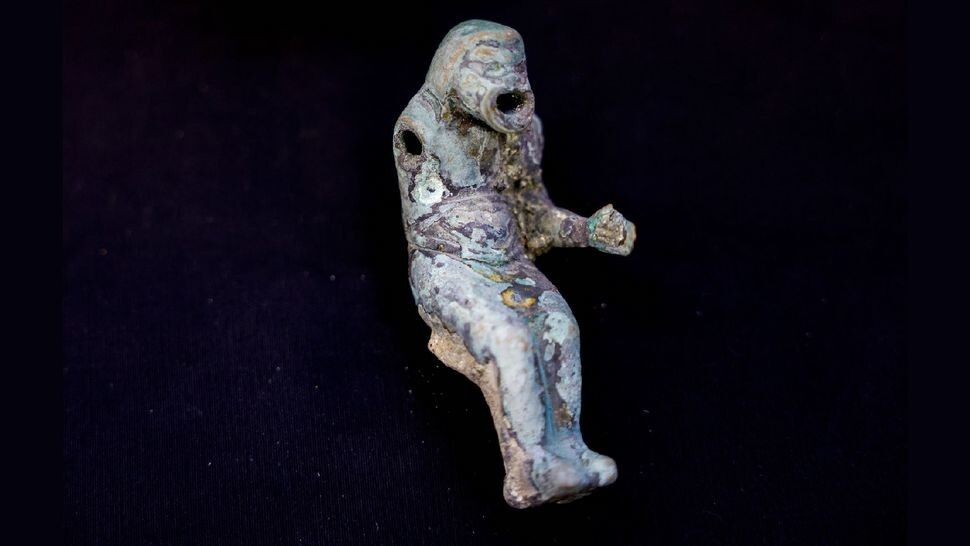
A Roman ship found off the coast of Caesarea in Israel dates back to around 1700 and contains a huge amount of artifacts. Among them are hundreds of Roman silver and bronze coins, as well as Roman statues and figurines. The sunken ship was found at a depth of only 4 m and may have been wrecked during a storm. Nearby is another medieval ship that sank about 600 years ago.
22. Sunken ship "Belitung" 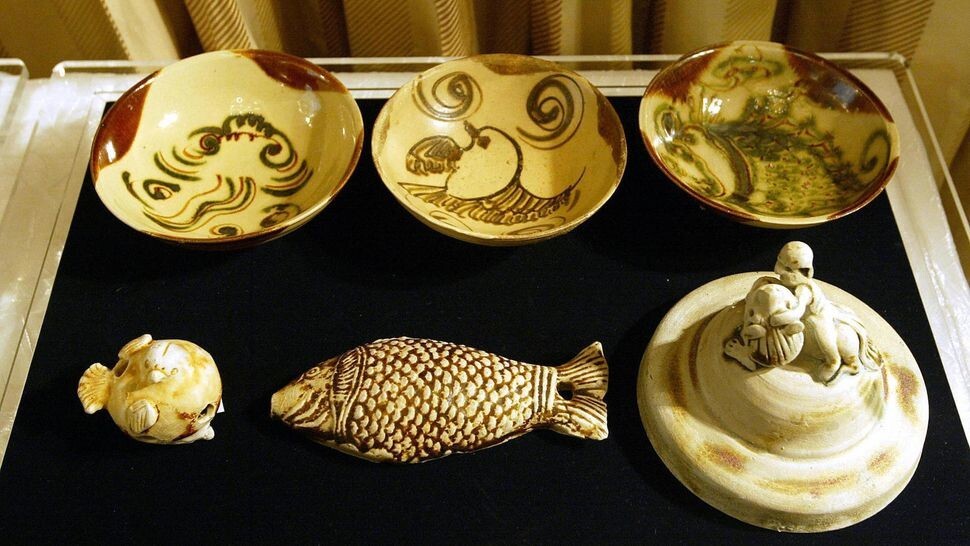
The ship, known as the Belitung wreck, was an Arabian dhow from the 9th century AD. e., sunk off Belitung Island in Indonesia. It was found by local fishermen in 1998 and is one of the oldest shipwrecks in the region. The shipwreck contains 60,000 artifacts dating back to China's Tang Dynasty (618-907 AD). Most of the artifacts consist of a special type of pottery known as “Changsha ware.”
23. Nanhai No. 1 Wreck 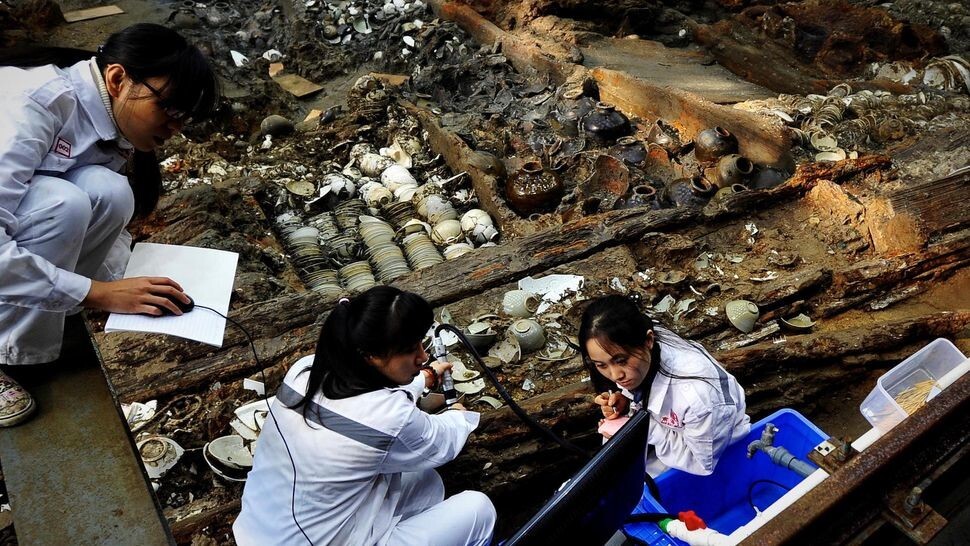
The Nanhai No. 1 Wreck, as it is now called, is about 30 m long and 10 m wide. It may have been built during the Southern Song Dynasty (1127-1279 AD). Some 60,000 artifacts were found inside, including porcelain vessels, ironwork, copper coins and copper rings. It was discovered at a depth of about 25 m in 1987, but marine excavations were carried out only in 2007.
24. Ship from Quanzhou 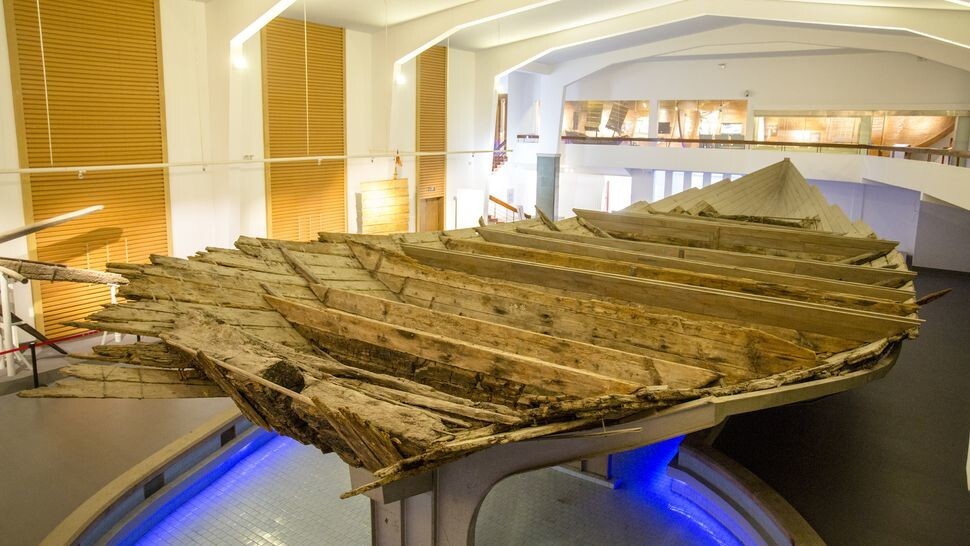
Discovered in 1973, the Quanzhou ship dates back to the Song Dynasty (roughly 960 to 1279 AD), possibly the last years of its reign before the dynasty was overrun by the Mongols. It was found near the city of Quanzhou in the Taiwan Strait. More than 500 coins were found inside, the last of which dates back to the 13th century AD. Remains of spices, such as pepper, were also found in its wreckage.
25. Sunken ship "Godavaya" 
The shipwreck, discovered by fishermen in 2003 near the settlement of Godavaya off the southern coast of Sri Lanka, dates back approximately 2,100 years. Located at a depth of about 33m, the vessel may be the remains of a Roman ship, according to the Institute of Nautical Archaeology. The remains of the vessel include iron ingots, ceramic bowls and glass. It is probably the oldest known shipwreck in the Indian Ocean.













